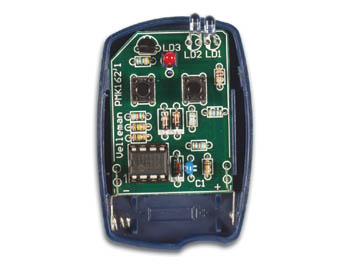Hi there I have a relatively simple project to construct but have no experience myself, I don't think it would be that hard for someone who has had the time to educate themselves on the topic. I don't have a lot of free time to research it myself hence the fee attached.
I wanted to design a small circuit that triggers a solenoid when an IR laser is detected. Ideally I wanted several IR diodes grouped together (probably in parallel) to make a larger catchment area. I am guessing the solenoid could be a cheap 5v one as I only wanted it to instantaneously hit out and strike a small bell when activated and reset immediately.
The laser is a 5mw red laser like the pointers you get, I think the IR diode receivers would work but you would know a lot more about that than me.
If anyone is interested and thinks this is something they might be able to help with could you let me know please? I am in the UK.
Many thanks,
Si
I wanted to design a small circuit that triggers a solenoid when an IR laser is detected. Ideally I wanted several IR diodes grouped together (probably in parallel) to make a larger catchment area. I am guessing the solenoid could be a cheap 5v one as I only wanted it to instantaneously hit out and strike a small bell when activated and reset immediately.
The laser is a 5mw red laser like the pointers you get, I think the IR diode receivers would work but you would know a lot more about that than me.
If anyone is interested and thinks this is something they might be able to help with could you let me know please? I am in the UK.
Many thanks,
Si




